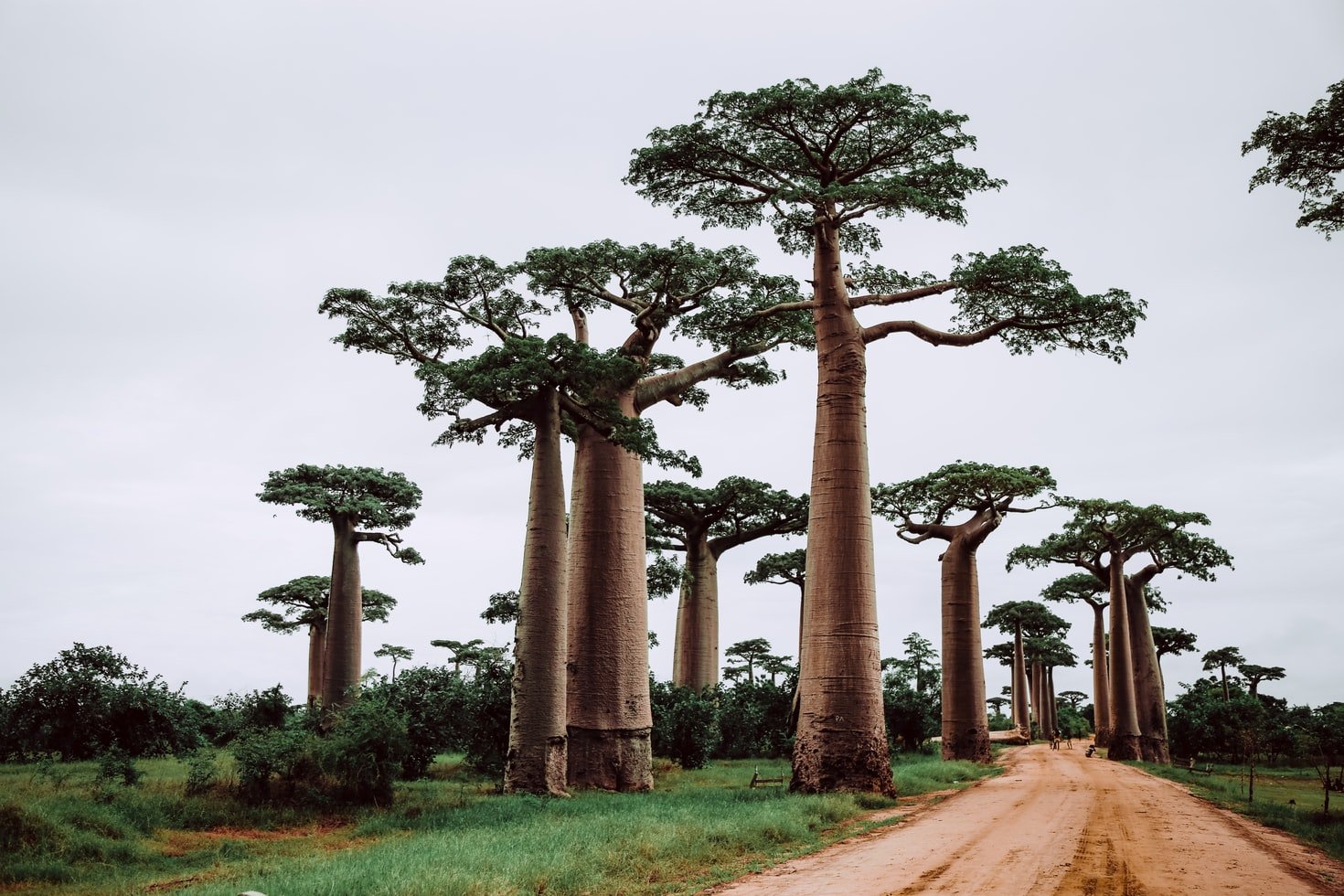
The Baobab Trees of Madagascar
Today, on the island of over 20 million people, diversity is still celebrated. From the predominantly Muslim highlands to the Malagasy lowlands, and the French-speaking descendants of 19th-century settlers. The country’s history has been dominated by its unique wildlife and its endearingly quirky citizens, but it is Madagascar’s wonderful plants that have captivated our imagination.
The baobab trees of Madagascar were captured by Attenborough’s camera lens, but there is plenty more to see. The country is a botanist’s dream, with many endemic species and some of the most bizarre and beautiful flowering plants on earth. With so much diversity, it’s easy to feel lost in the jungle, so here are a few suggestions of where to start.
1. Ranomafana National Park
Madagascar’s largest and most accessible wildlife park lies in the heart of a region known as the “hotspot” of biodiversity, home to over half of the country’s endemic species.
The park was established in 1991 and is now managed by the non-profit Madagascar Fauna & Flora Group, a joint initiative between the Malagasy government and WWF. Its best known inhabitants are the numerous lemurs and other species found nowhere else in the world, but it’s the plants that most excite visitors to the park.
2. Tsaratanana and Andringitra National Parks
The southern half of Madagascar is a vast and beautiful wilderness where few visitors venture. It’s home to a number of national parks, collectively known as the Southern Rautsimena Protected Areas.
The Andringitra Massif, a mountain chain over two kilometers high and the highest point in Madagascar, is a striking backdrop to the parks and offers fantastic walking and horse riding. At the foot of the mountains lies the village of Andohahela, home to potters and woodcarvers, a wealth of Malagasy relics, and the delightful La Maison du Parfum.
Tsaratanana National Park, covering 20,000 hectares of mountain forest, is thought to be one of Madagascar’s richest botanical areas and boasts unique species of baobab, as well as a range of orchids, carnivorous plants, and the world’s only entire genus of carnivorous plants, the Rafflesiaceae, to the uninitiated, a plant that has nothing to do with your local florist.
The park is also home to the unique Tsaratanana rookery, the largest known population of black and white ruffed lemurs.
3. The Allée des Baobabs
The image of the allée des baobabs is one of Madagascar’s most recognizable images and is a fantastic place to start a tour of the island’s natural wonders.
The avenue is part of the national park at Morondava, and despite being so close to civilization is home to a wealth of wildlife and stunning tropical flowers. The most fascinating feature of the baobab avenue is not the trees themselves, nor its superb setting, but the fact that it was planted by the French in the mid-19th century. It is the only avenue of baobabs known to exist.
4. Parc National de Marojejy
A paradise for a botanist, Marojejy covers 7,169 ha of prime rainforest and is a UNESCO World Heritage Site. It is also home to one of the world’s most spectacular waterfalls, the Cascade d’Antsingy, which falls down 258m and is one of the largest in the world.
Looking to book a Madagascar vacation? Get in touch with us today to see how we can help!



